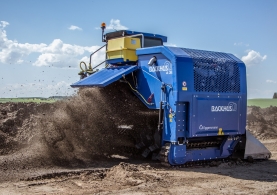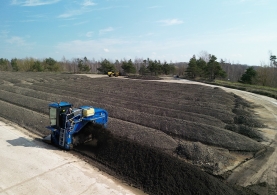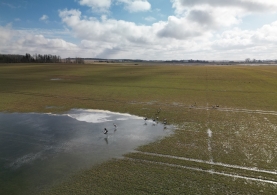Ph. +370 5 2505302
E-mail: vilnius@toksika.lt
Services
Contacts
Toksika, UAB
Address for correspondence
Mėnulio g. 11-704, LT-04326 Vilnius, Lithuania Phone: +370 5 2505302, E-mail: vilnius@toksika.lt
Address for correspondence
Mėnulio g. 11-704, LT-04326 Vilnius, Lithuania Phone: +370 5 2505302, E-mail: vilnius@toksika.lt


